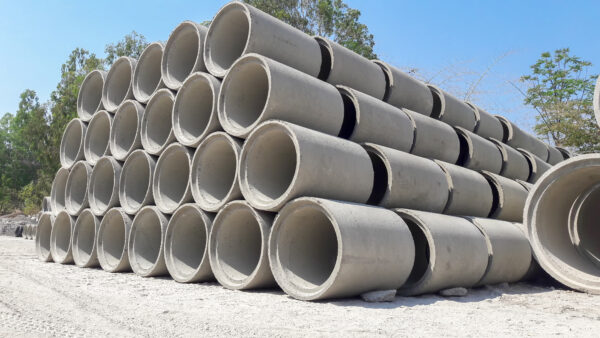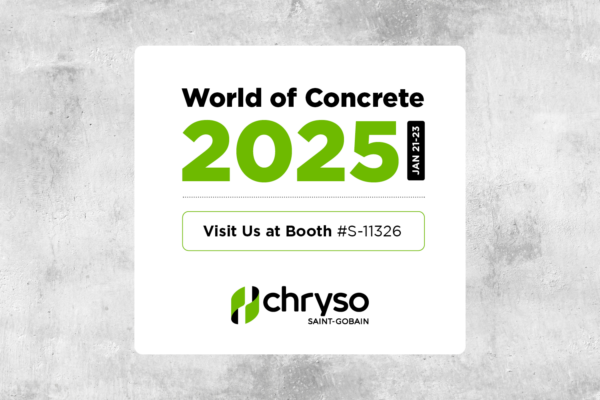DRY-BLOCK® and Stucco Applications – TB-0015B

DRY-BLOCK® Block and Mortar Admixtures are designed to give concrete masonry units (CMU) and mortar water repellent properties. DRY-BLOCK® is used in CMU and mortar for above ground single wythe and cavity wall construction. DRY-BLOCK® System has been successfully used to provide unsurpassed moisture protection to masonry structures. Therefore, designers may want to incorporate DRY-BLOCK® in their stucco applications for the same purpose, assuming that using DRY-BLOCK® in the substrate block and/or in the stucco will give the same water repellent performance. At first glance this seems to be a valid application. However, there are several reasons why DRY-BLOCK® should not be used in the CMU of most stucco applications. Furthermore, DRY-BLOCK® Block or Mortar admixture should never be used in the stucco itself.
First, a brief discussion of stucco and stucco construction is necessary. The information below is deemed to be applicable to both stucco and parge coat applications. The basic raw materials that make up stucco include sand, cement and water. In addition, air-entrainers, accelerators, bonding agents, and pigments may also be added to give the stucco other properties. Stucco is usually applied in two or three coats directly over concrete masonry or to some other substrate with a metal-lath attached. The first coat is called the scratch coat. The final coat is appropriately called the finish coat. In a three-coat system, the second coat (between the scratch and finish coats) is called the brown coat.
There are several factors that play a key role in the successful application and final performance of stucco finishes. One of the most important factors is the substrate. Stucco requires a strong solid substrate in order to perform adequately. Concrete masonry is widely used as a durable substrate. “Stucco grade” CMU must be porous (open texture) for mechanical keying and absorptive to draw the cement paste into the pores. DRY-BLOCK® CMU generally have a closed surface texture and have low absorption characteristics. Therefore, unless a metal lath is used, DRY-BLOCK® CMU are not recommended as a substrate for stucco finishes.
Another important factor in successful stucco finishes is the application and curing of the stucco coats. As discussed above, stucco is applied in multiple coats. After each coat, the stucco should be kept moist until each successive coat is applied. Like the CMU substrate, the stucco base coats must also be absorptive. When successive coats are applied to the base coat some of the moisture from the top coats will absorb into the lower coats and further promote the hydration of the cement in these coats. This results in the coats becoming fully cured and obtaining full strength. When DRY-BLOCK® admixtures are used in cementitious mixtures they start to become water repellent early in the curing process. Because of this property, successive coats of stucco may not adhere adequately. Therefore, DRY-BLOCK® admixtures are not recommended for stucco finishes.
DRY-BLOCK® Should not be used in Stucco
DRY-BLOCK® Mortar Admixture is designed to be used in mortar and is not intended to be used in stucco. Likewise, DRY-BLOCK® Block Admixture is designed to be used in CMU and not stucco. Past experience indicates that under severe curing conditions, such as high temperatures and winds, the stucco coat(s) can dry out prematurely before it has a chance to fully cure. In these cases, the DRY-BLOCK® water repellent becomes activated and stops any additional water from absorbing into the stucco coat(s) preventing further hydration of the cement. Therefore, since the curing conditions cannot be guaranteed on all job sites, DRY-BLOCK® Mortar or Block Admixtures should NOT be used in the stucco.





